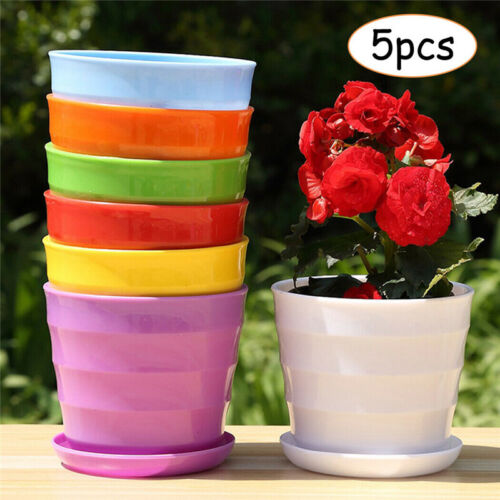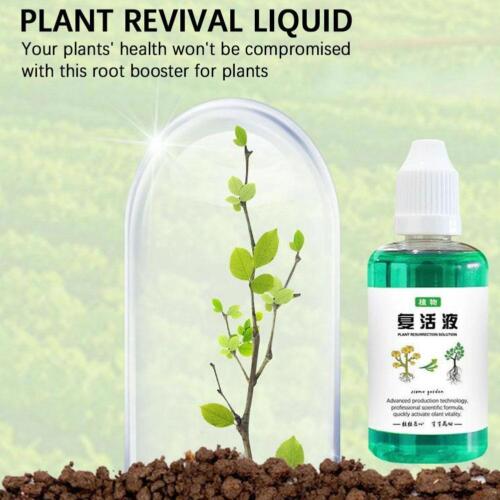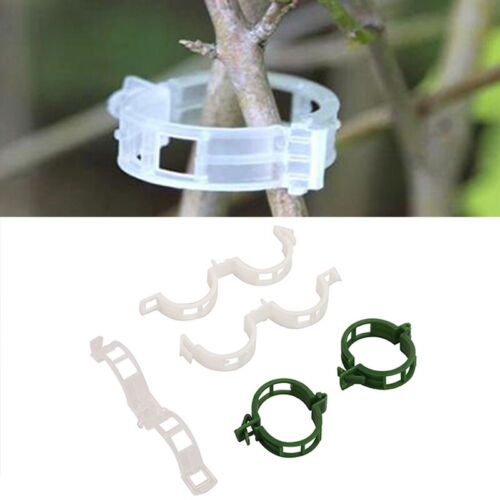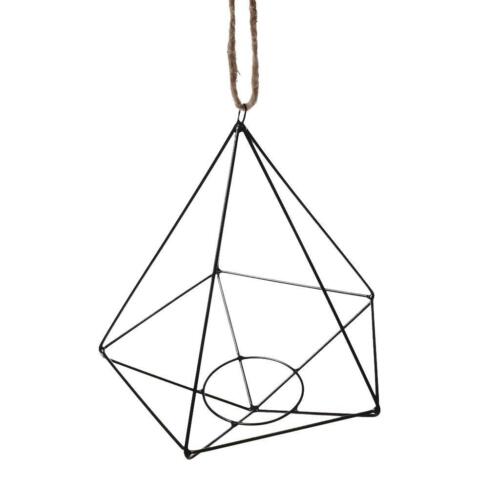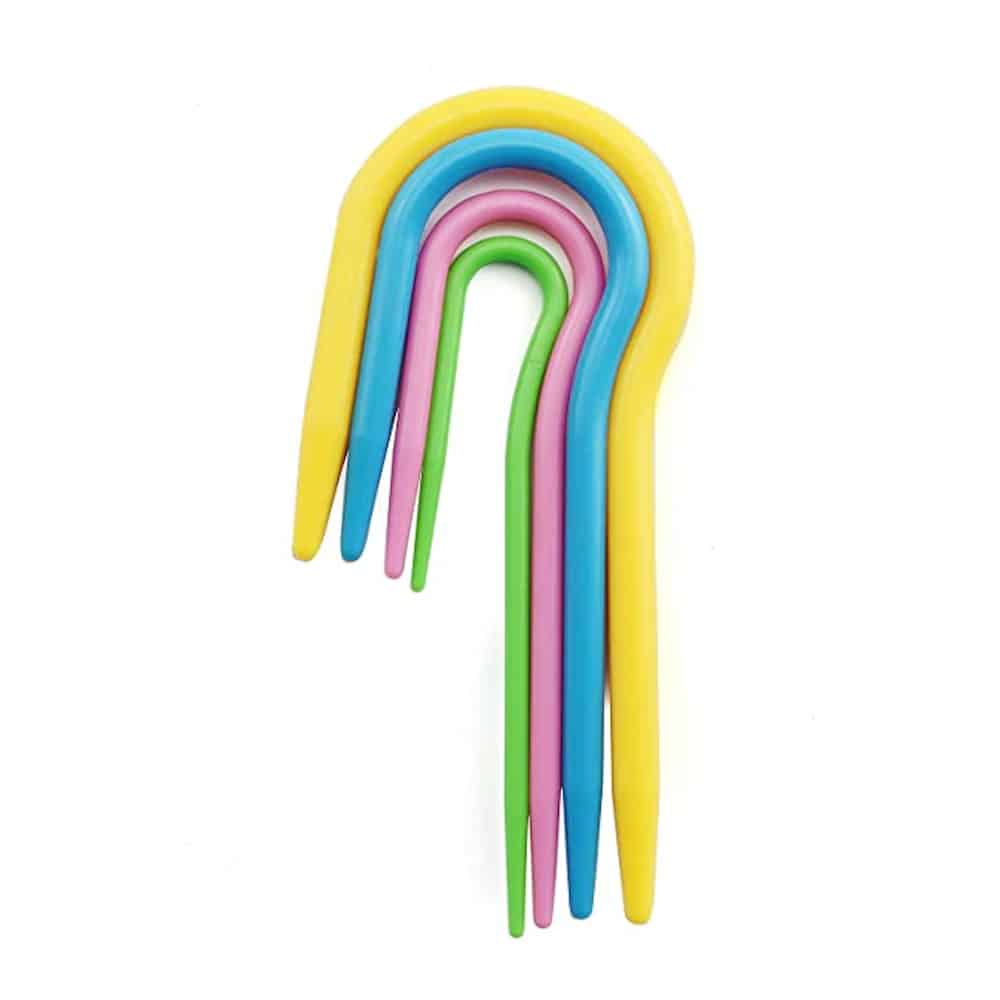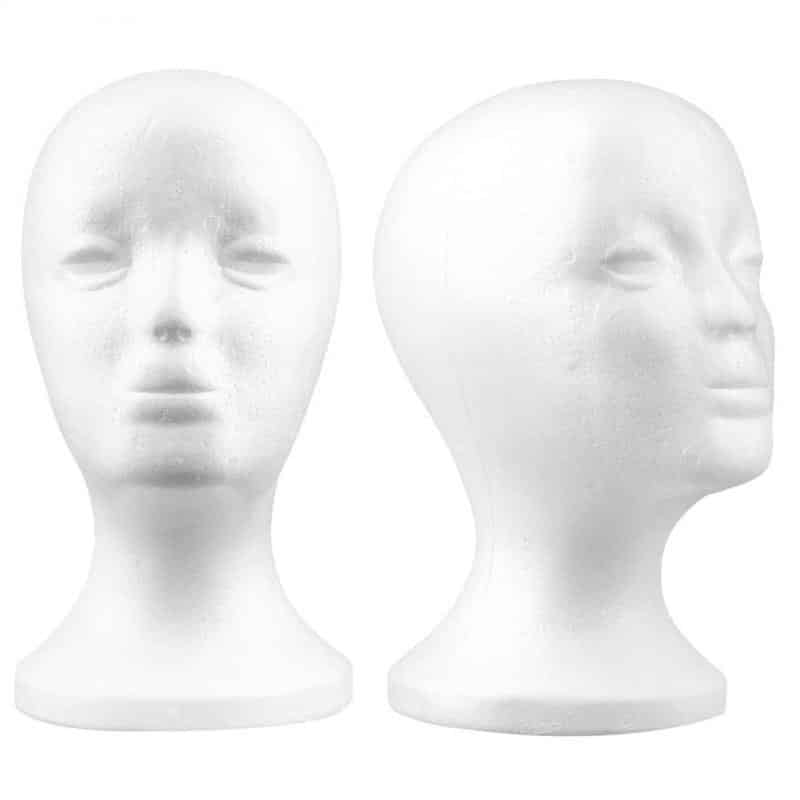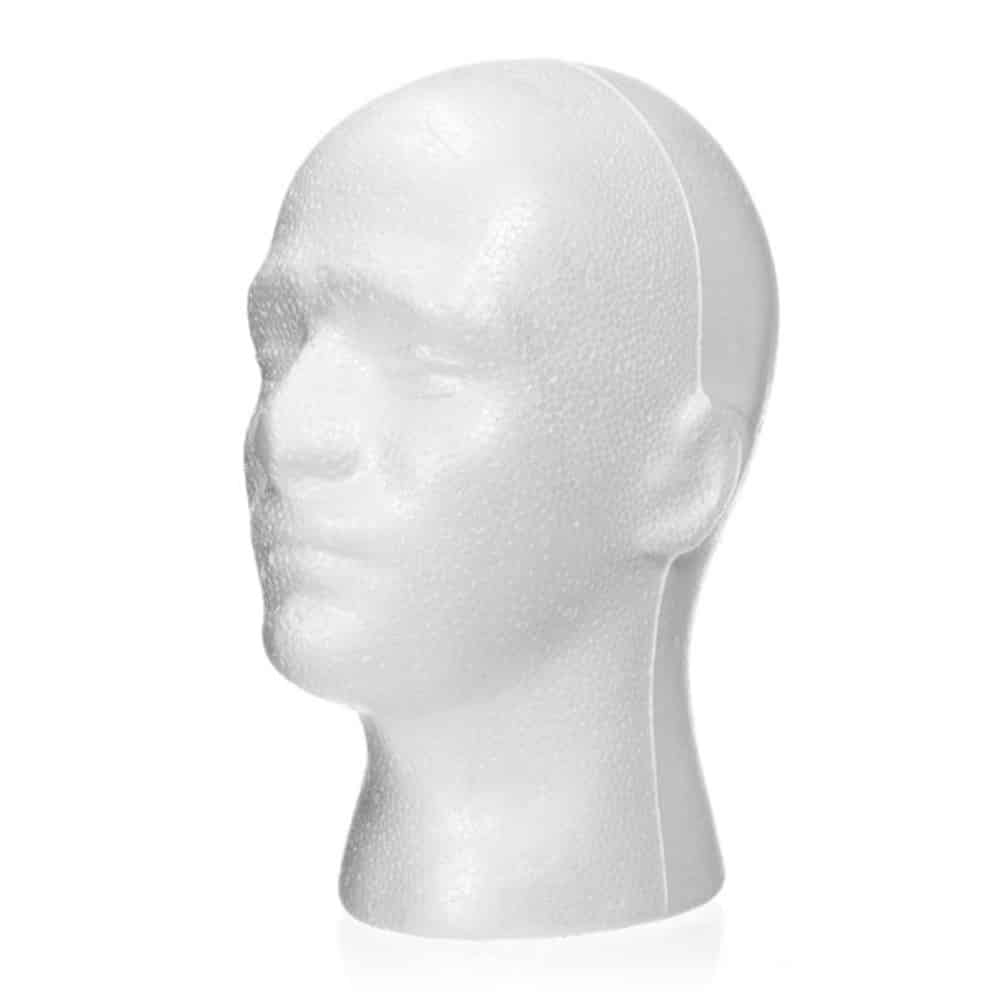100 Hosta Plant Seeds Hosta plantaginea Garden Flowers Perennials
Overview: Hosta plantaginea seeds are a great way to add beautiful, low-maintenance plants to your garden. These perennials are easy to grow and can tolerate a wide range of conditions. They are also deer-resistant, making them a great choice for gardens that are prone to deer damage.
Benefits of Hosta Plant Seeds: - Easy to grow - Tolerant of a wide range of conditions - Deer-resistant - Beautiful, low-maintenance plants
Product Features: - 100 Hosta plantaginea seeds - Can be started indoors or outdoors - Germination rate: 70-85% - Full sun to part shade - Height: 12-18 inches - Spread: 18-24 inches - Bloom time: June to August
How to Grow Hosta Plant Seeds: Hosta plant seeds can be started indoors or outdoors. If you are starting them indoors, sow the seeds in a seed starting mix and keep them warm and moist. Once the seedlings have developed their first set of true leaves, you can transplant them outdoors. If you are starting the seeds outdoors, sow them in a well-drained seedbed. Keep the seeds moist and protect them from direct sunlight. Once the seedlings have developed their first set of true leaves, you can thin them to a spacing of 12-18 inches.
Growing Hosta Plants: Hosta plants are easy to grow and can tolerate a wide range of conditions. They prefer well-drained soil that is rich in organic matter. Hostas can be grown in full sun to part shade. In hot climates, they will need some afternoon shade to prevent their leaves from burning. Hosta plants are relatively low-maintenance. They do not require a lot of fertilizer, and they only need to be watered during dry spells. Hostas are also deer-resistant, making them a great choice for gardens that are prone to deer damage.
Common Uses for Hostas: Hostas are a versatile plant that can be used in a variety of ways in the garden. They can be planted as groundcovers, in borders, or as accents in flower beds. Hostas are also a great choice for containers.
Here are some additional tips for growing and caring for Hosta plants: - Hostas are heavy feeders, so fertilize them regularly with a balanced fertilizer. - Water your hostas deeply during dry spells. - Mulch around your hostas to help retain moisture and suppress weeds. - Divide your hostas every few years to keep them healthy and vigorous.
Troubleshooting Hosta Problems: Hostas are relatively trouble-free plants, but they can sometimes be affected by pests or diseases. Here are some of the most common hosta problems and how to fix them: -
Slugs and snails: Slugs and snails can eat hosta leaves. To control slugs and snails, use a bait or trap. -
Aphids: Aphids are small, sap-sucking insects that can infest hosta plants. To control aphids, use insecticidal soap or neem oil. -
Hosta virus X: Hosta virus X is a viral disease that can cause hosta leaves to become mottled or discolored. There is no cure for hosta virus X, but you can prevent it from spreading by removing infected plants.
Additional Features: In addition to their beautiful foliage, hosta plants also produce flowers. The flowers are typically bell-shaped and white or lavender in color. Hosta flowers are not as showy as the foliage, but they can add a touch of elegance to the garden. Hosta plants are also a good choice for attracting wildlife to your garden. The flowers are a good source of nectar for bees and butterflies, and the foliage is a good food source for deer and rabbits.
How to Grow Hostas Hostas: Planting, Growing & Care Growing Hostas in the Garden




